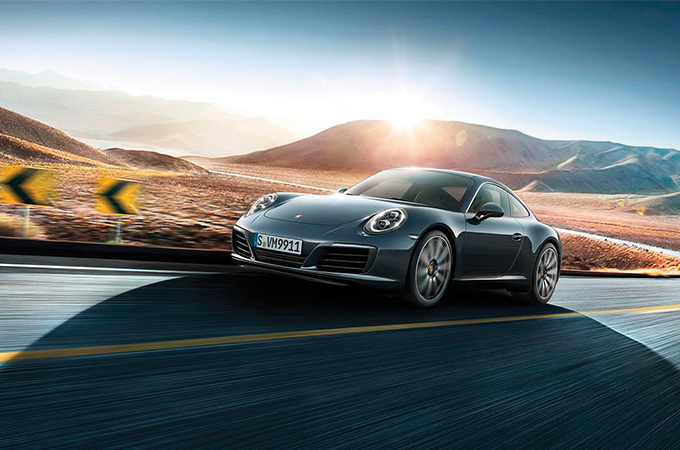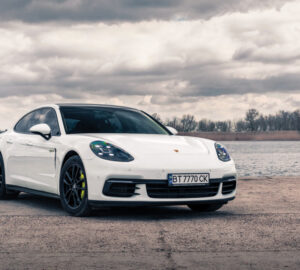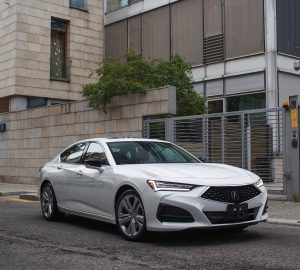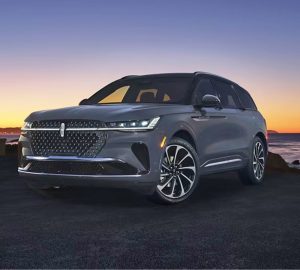Iconic. If anything deserves that label in the automotive world, it’s got to be the Porsche 911. For more than 50 years now, the 911 has been the ultimate sports car, offering style, performance and a rich racing heritage.
Prior to this year, the biggest change to the 911 was a water-cooled, rather than air-cooled, engine in 1999. Thankfully, 911s just continued to be excellent performing machines offering unprecedented performance, excellent reliability and styling that stays modern while still echoing the 911’s original shape. Now, for 2017, Porsche has decreased the size of the 911 engine back to 3.0 liters, but added a turbocharger to its Carrera and Carrera S models, increasing horsepower and torque over the previous model’s larger non-turbo engines.
Drivers are wary. Would the new turbocharged smaller engines perform the same (or better) than the old aspirated engines? The short answer is yes. Though a hint of turbo lag can be felt at times, most drivers would be hard pressed to tell the difference between the old and new engines. Porsche had to find a way to improve fuel economy. Turbocharging seems to be the answer. However, since Porsche has been using turbos for 40-plus years, it has an advantage.
Driving is what a 911 is all about. It’s unbelievable how balanced and responsive the car is, from the steering, to brakes, to the tight suspension. The PDK automatic transmission with paddle shifters is probably the best available, but the three-pedal manual really fits the car’s character better and would not only save $3,200, but also provide maximum smiles per gallon. Acceleration is breathtaking. It feels like someone’s kicking the back of your seat. A large tachometer dominates the dashboard with a digital speedometer within and numerous surrounding auxiliary gauges. The sweet melody from the flat 6 engine is preserved, but with an added turbo whine on hard acceleration. Every sports car enthusiast should own a 911 at some point.
Very well bolstered leather sport seats hug you, and a touch screen interface is used for audio, navigation and other controls. Passenger comfort is aided by dual climate control, available heated and cooled seats, and a sunroof (non-glass). The 911 offers a rather generous (for a sports car) deep trunk in the front, and there is additional storage behind the front seats when the small rear seats are folded down. A back-up camera and parking sensors assist maneuvering.
Logically, a rear-engine car should not be able to handle as well as the 911, but Porsche engineering has overcome the physics with superb suspension. You can also get your 911 with all-wheel-drive, as a targa or convertible, with the full-blown turbo, or as the street-legal race car, the GT3.
James Drake, general manager at Porsche St. Louis says, “It has refined performance, with additional power output; they’ve improved almost everything on the car but kept the classic 911 feel.”
technicals>>model 911 carrera coupe
price:
>Base $90,500 including delivery
>as driven with options, $109,700
gas mileage:
>22 city
>30 highway
drive train:
>Rear engine; rear-wheel drive
>3.0-litre, turbocharged flat-6 engine
>370 horsepower
>7-speed dual clutch automatic transmission (7-speed manual also available)
>0-60 in 4.4 seconds
Robert Paster (robertpaster.com) is also an attorney in private practice, concentrating in estate planning and probate.








